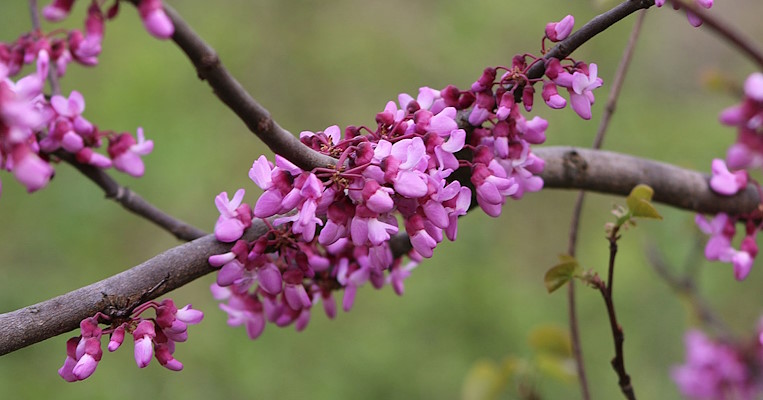Country herbs and spring flowers - Country herbs and spring flowers

Silene
Among the spontaneous herbs that populate the meadows in spring, there is a little plant that often escapes the less experienced eye: Silene vulgaris, a prized ingredient in numerous Umbrian dishes such as risottos, stuffed pasta, omelettes and scrambled eggs. The name of silene was given to it by virtue of its balloon-shaped flower, which evokes the swollen belly of Silenus, faithful companion or adoptive father of the god Dionysus. Her figure is often depicted with this feature, which emphasises her pronounced predisposition to enjoy inebriation together with the god of wine. Another curious nickname is that of “strigoli” or “stridoli” (screeching). Simply hold a handful of them in your hand and rub the leaves together to hear a happy sound. In short, leaves that screech! Simply hold a handful of them in your hand and rub the leaves together to hear a cheerful sound. In short, screeching leaves! Strigoli are also called foje because of the work involved in separating the leaves from the stem before cooking them. “Strigoli” are also called foje (leaves) because of the patient work involved in separating the small leaves from the stem before cooking them. This is why fojata, typical of Valnerina, the Nera River Valley, and celebrated in the Sellano festival, is called in this way!
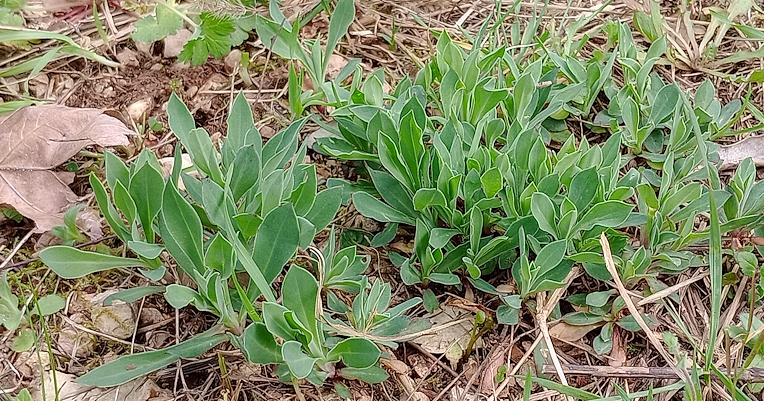
Wild asparagus, “vitabbie” and “lupari”
In spring, the woods and fields fill with tender shoots, some of which turn into tasty first fruits to be used in numerous Umbrian dishes. The best known of the three is wild asparagus (Asparagus acutifolius): from March onwards, its shoots or “turions”, as they are called in botany, begin to sprout from the ground and, if they are not picked, will turn into recognisable thorny branches. Associated with asparagus since 16th-century food and wine treaties, the other two plants are characterised by the abundant growth of new climbing branches, so much so that they are also considered weeds, but right at the end of each twig is the delicate tip that is harvested to be eaten. In many areas of Umbria the edible parts are popularly name “vitabbie” if harvested from the old man’s beard (Clematis vitalba) or “lupari” if obtained from the wild variety of wild hop (Humulus lupulus).
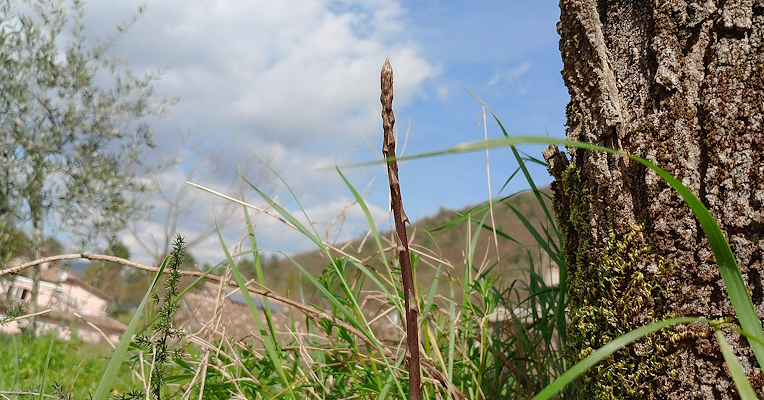
Lamb's quarters
Are you familiar with “ubbitilli”? Their scientific name is Chenopodium Album, a plant that is often mistaken for a weed, but which, especially in the past, was used in many traditional Umbrian recipes. The name “chenopodium”, “goose foot”, is due to the particular shape of the leaves, which resemble a webbed foot. Its popular name is “farinaccio” or “farinello”, as in times of wheat famine, bread was prepared with the ears gathered from wild plants such as Lamb's quarters. These grain were then processed to obtain a “farinaccio”, an unrefined flour, which was an important source of sustenance for families. The name “farinaccio” is also linked to a characteristic of the plant's younger leaves, which are covered with a pearlescent coating that looks like a dusting of flour.
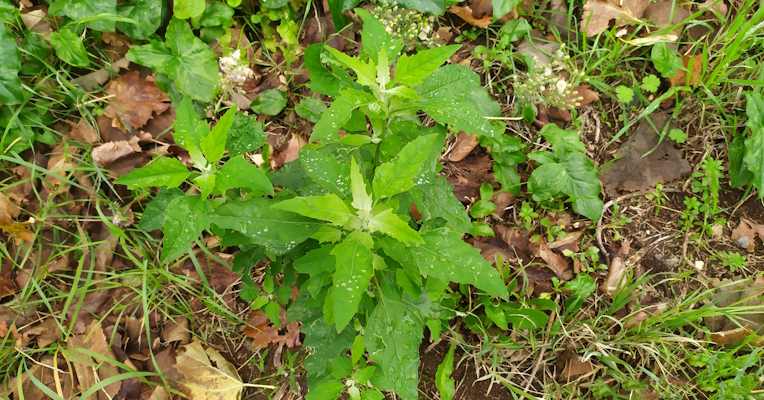
Elderflower
Elderberry (sambucus nigra) known for the powers attributed to its wood, appears in many stories such as the Pied Piper’s Tale and Harry Potter saga. In Umbria, it is said that inside every elder tree dwells the soul of a witch: popular belief was fuelled by the noise its “legno stregonio” (witchy wood), hollow on the inside, makes when the wind blows. Elderflowers is also used in cooking, but be careful to avoid confusion with similar but poisonous plants such as the dwarf elder (sambucus ebulus), called “sambuchella” (little elderberry). In addition to its characteristic scent, elderflowers are white with yellow dots, while the elderberry hangs downwards. The flowers give way to the berries used in the preparation of jams and jellies, and in the past they were also used in the production of inks and fabric dyes, for from red-purple to black cloth.
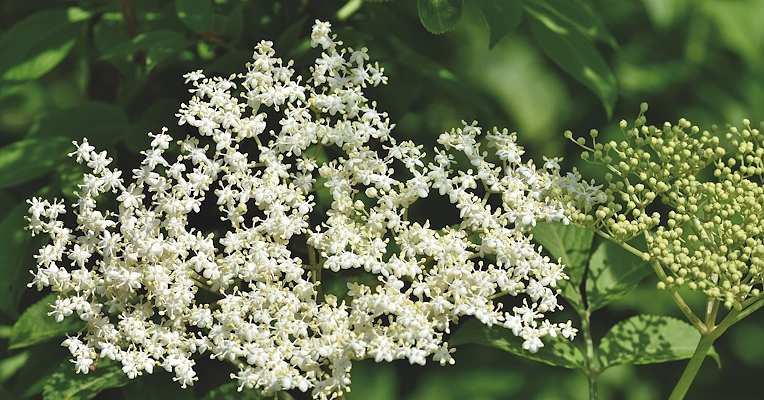
Judas tree
The Judas tree (Cercis siliquastrum) gives an extraordinary and sudden blossoming every spring, the myriad of bright pink buds sprouting directly from the trunk. The flowers anticipate the appearance of the heart-shaped leaves by a few days, hence the nickname “Love Tree”, under which it is good luck to exchange promises of love. The botanical name is linked to the shape of its fruits enclosed in a pod called “siliqua”, which resembles of the shuttle of a loom. Judas tree owes its origin to the arrival of 300 Syrian monks who, led by Saint Maurus, settled in Umbria in the 6th century and founded numerous hermitages. Hence its nickname Tree of Judea, which, perhaps due to a transcription error, was changed to Judas Tree, a name that fuelled the legend according to which Judas himself, tormented by remorse after his famous betrayal, ended his life by hanging himself from the branches of this tree.
